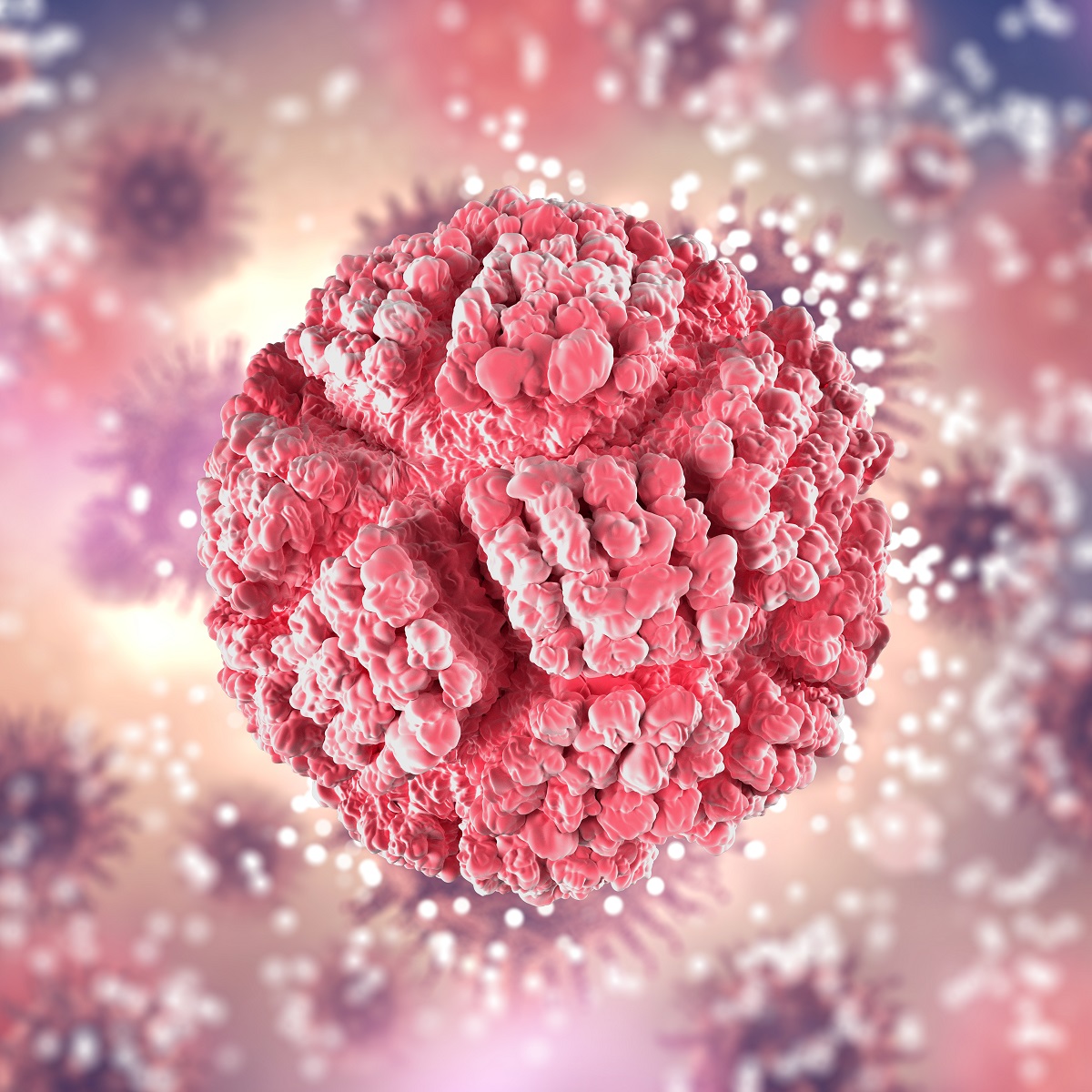KEY TAKEAWAYS
- The MajesTEC-1 phase 1 & 2 trial aimed to investigate the efficacy of less frequent dosing of teclistamab in reducing infection risk among patients with R/R MM.
- Researchers noticed a significant reduction in high-grade infections with less frequent teclistamab dosing, suggesting improved infection management in R/R MM treatment.
Teclistamab is the first approved B-cell maturation antigen (BCMA)×CD3 bispecific antibody with precision dosing for triple-class exposed relapsed/refractory multiple myeloma (R/R MM). R/R MM can cause immunosuppression, and BCMA-targeting therapies may contribute to additional infection risk due to B-cell depletion. In the MajesTEC-1 trial of teclistamab, less frequent dosing was explored to reduce infection risk.
Sandy Kruyswijk and the team aimed to assess the feasibility and effectiveness of transitioning patients to a less frequent dosing schedule of teclistamab in the MajesTEC-1 trial.
They performed an inclusive analysis of patients enrolled in the MajesTEC-1 trial. Eligible participants included those who achieved a confirmed partial response or better after ≥4 cycles of treatment (phase 1) or a confirmed complete response or better for ≥6 months (phase 2) per IMWG 2016 criteria, allowing them to switch to Q2W dosing.
Teclistamab treatment initiation required the absence of serious bacterial, viral, or fungal infections. Infection monitoring, prophylaxis, and management, including immunoglobulin G (IgG) replacement, followed institutional guidelines.
About 165 patients received teclistamab with 104 responding. Of these, 63 responders transitioned to Q2W dosing with a median switch time of 11.3 months. Among those who switched, 68.7% remained responders for ≥2 years. Approximately 70% of patients had IgG <400 mg/dL, occurring at a median of 1.2 months; 46.1% received IgG replacement.
Grade 3/4 neutropenia was seen in 65.5% of patients, with 54.5% receiving G-CSF. Infections occurred in 80.0% (grade 3/4, 55.2%; infection-related death, 12.7%; COVID-related death, 10.9%). Fewer grade ≥3 infections occurred between 1–1.5 years in patients on Q2W dosing versus QW dosing (15.6% vs 33.3%).
The study concluded that patients who switched to Q2W dosing of teclistamab demonstrated sustained response and lower rates of high-grade infections, aligning with the median time to switch to less frequent dosing. The increased utilization of intravenous immunoglobulin and enhanced infection management likely contributed to improved infection profiles. Collaboration among nurses, physicians, and patients is imperative for effectively identifying, monitoring, and managing infections, including the judicious use of vaccinations, antimicrobial prophylaxis, IgG replacement, and G-CSF. Further insights from nurses’ clinical experience will enrich understanding in this regard.
The trial was sponsored by Janssen Research & Development, LLC.
Source: https://ons.confex.com/ons/2024/meetingapp.cgi/Paper/15539
Clinical Trial: https://clinicaltrials.gov/study/NCT03145181
https://clinicaltrials.gov/study/NCT04557098
Kruyswijk S, Donk N V D, Doyle M, et al. (2024). “Managing infection risk in relapsed/refractory multiple myeloma: Nursing experience with teclistamab in the MajesTEC-1 study.” Presented at ONS 2024 (Abstract I30).



